- Privacy and Intimacy - Email is not a public channel like Twitter or Facebook. Opting into your list is an agreement to enter a private and intimate relationship with you, by way of their inbox. There is no public audience to your conversations. It's one on one and very private.
- Segmentation - The core principle of email marketing is segmentation, or adding people to specific lists based on their interests and actions. Segmentation ultimately allows you to create highly receptive messages. You can't do this with Twitter or Facebook.
- Conversion - Social media is relational, not transactional. Various different studies by Blackbaud, Razoo and others show that Twitter and Facebook have about a 3% - 6% conversion rate. Email on the other hand has a 33% conversion rate. What this means is that social media should be used in conjunction with e-mail in order to do effective online fundraising. Social media creates awareness, likability and connection; e-mail builds on that with personalized messaging and personalized appeals.
Following are a few strategies and tactics that you can do right now to get more from your -mail marketing.
1. Follow Up With New Subscribers - When someone joins your general email list to receive updates/news about your organization, they're highly receptive to hearing from you. They might not be as open in a few hours, so follow up immediately when you're fresh on their mind. You take advantage of this precious opportunity to establish the tone of the relationship with a sincere message of gratitude.
2. Encourage Sharing - Depending upon why someone joins you're email list, it's a precious opportunity to share the good work you're doing with their friends. Make it easy with a sharing action in a follow-up email, or on the confirmation page once they subscribe.
The emphasis of the ask should depend on the action the subscriber just took. For example, asking them to share your email list with her friends could come across as pushy since all they did was join your email list. But if they joined as a result of
3. Touch Them Consistently - When someone joins your email, they expect, and want you to email them (duh). The worst thing you can do is ask someone to join your email list, but have nothing to send them once they join. Why even have an email list in the first place?
Remember, they gave you permission to enter their inbox, and are seeking more from your relationship with them!
4. Use Rich Text Instead of HTML Templates - Human beings make decisions related to trust in less than a tenth of a second. And people trust their friends way more than they trust any brand or nonprofit. An email format (rich text) shared among friends feels more personal and thus more trustworthy.
In several tests I've done with clients, rich text email get a 17% higher average click-through rate over HTML templates. Imagine how awkward you'd feel if your friend sent you personal email in an HTML template format! Point given.
Rich text emails are also much easier to read on mobile devices, which more and more people use these days.
5. Personalize Messaging - A quality email marketing service allows you to personalize the email message for each subscriber. There isn't a silver bullet answer for how to personalize emails because every organization is different. But what is important is that you seek to personalize emails based on understanding your audience (Personas really help here).
6. Write in Second Person Narrative - Your email messages are NOT being read by thousands of people. They're being read by one person at a time in the privacy of their inboxes. Write your emails directly to this person.
7. Keep It Short - Depending upon how strong the supporters tie is to your org, several short emails usually get more results than long emails that are infrequently.
8. Segment Your List - All of your subscribers and donors are not the same. So why would you send them the same exact message? Segmentation allows you to create highly receptive messages based on your subscribers expressed interests.
For example, donors supporting the protection of sea turtles would be much more receptive to similar messages, than they would messages about lowering Co2 levels. To develop a segmentation strategy, start with your personas.
Please don't torch your email list
Your organization and people are beautifully unique. You stand for something that no other organization stands for. Your people support you for reasons that are uniquely theirs.
Because of this, you do not want to start torching your list by testing out ideas you read about on some blog. Test these ideas, yes. But please test them on a small percent of your list, maybe 5%.
Test subject lines, copy, rich text vs. HTML templates, etc. Take what works here and leave the rest.
How do you do more with your email list?
